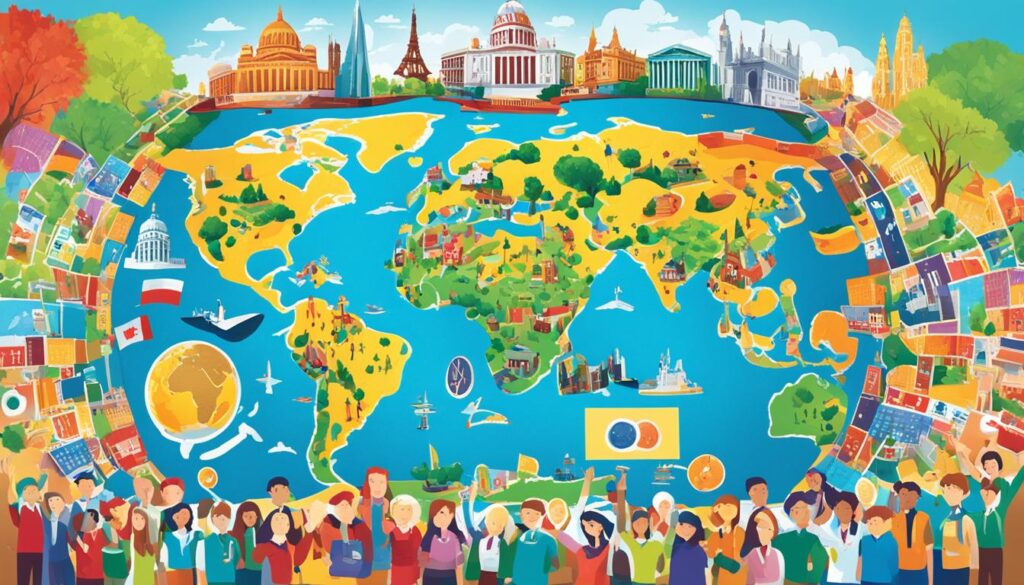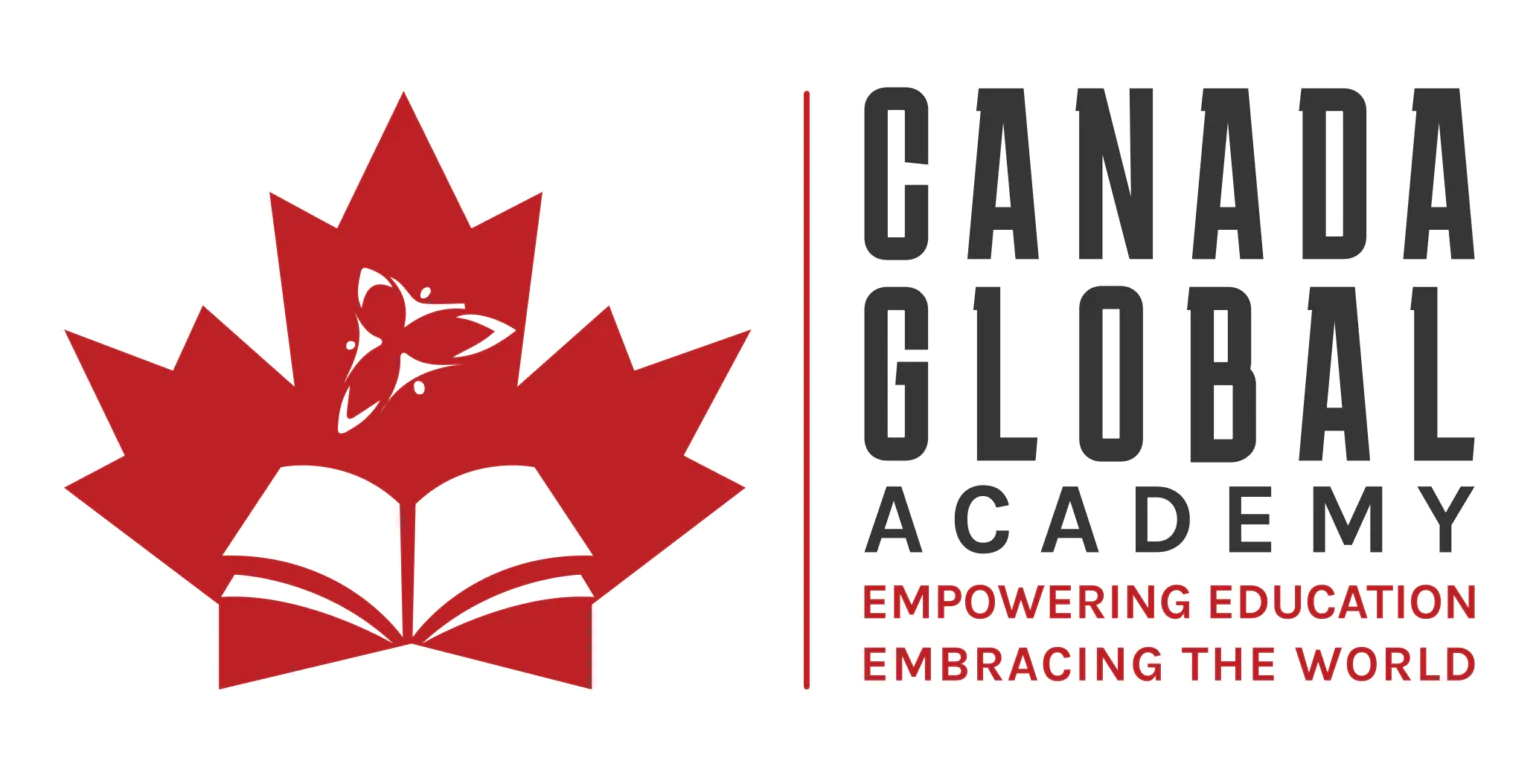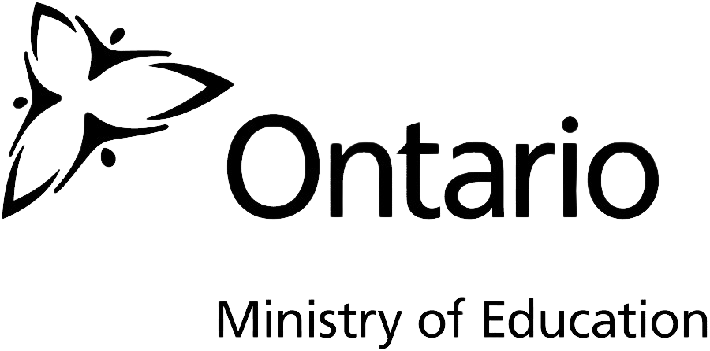
Martin Doherty is the CEO of Ethos Education & Canadian Global Academy : the exclusive authorized provider of the renowned 3rd globally ranked Ontario Ministry of Education‘s curriculum and Digital Learning Platform outside of Canada. He is also the founder the cutting edge magazine, Education Distruptor.
Through our School Partnership Program, we empower schools worldwide to attain Canadian Accreditation, providing the opportunity to establish themselves as Canadian Accredited schools. Additionally, home-based businesses can run their own Canadian Accredited Micro-School. Contact us today to learn more!
Related Posts
- Emerging Giants: Are These 5 Regions Poised for International School Growth?
Uncover potential trends reshaping the international education landscape in five dynamic regions primed for school…
- Sustainable Development Goals: Can Your School Make a Positive Global Impact?
Explore the International Education Landscape and how your school can champion Sustainable Development Goals for…




